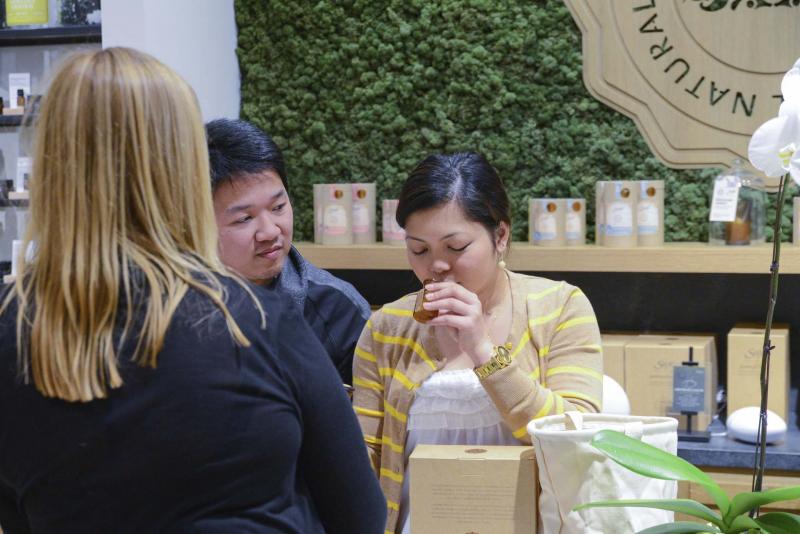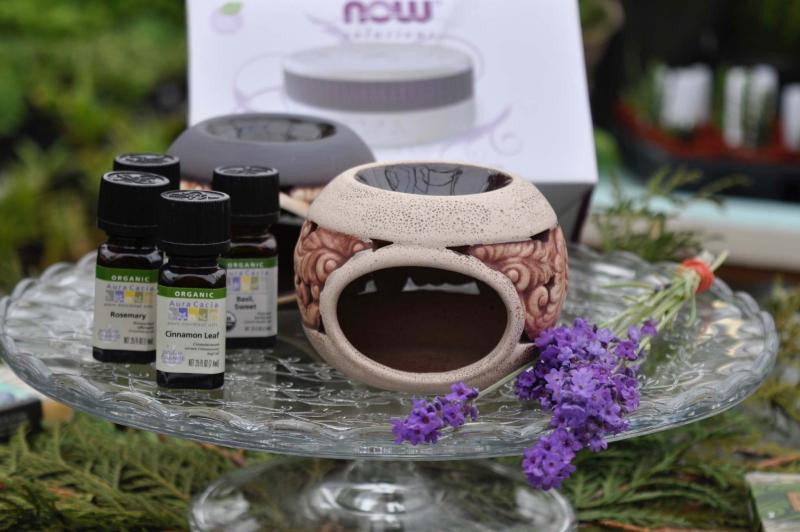
Sage Garden Greenhouses
Choose your type of diffuser — ultrasonic or a simple oil burner — but use only pure essential oils.
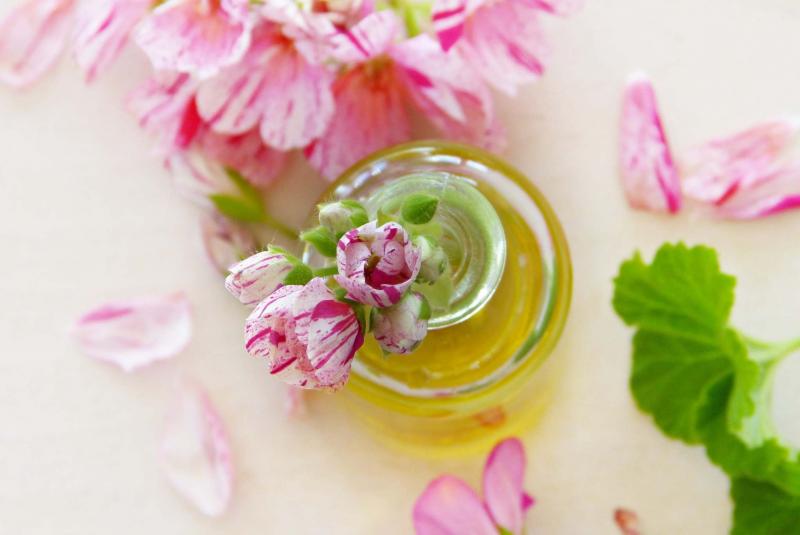
S. Rita
Pure essential oils are derived from plants and do not contain any artificial fragrances.
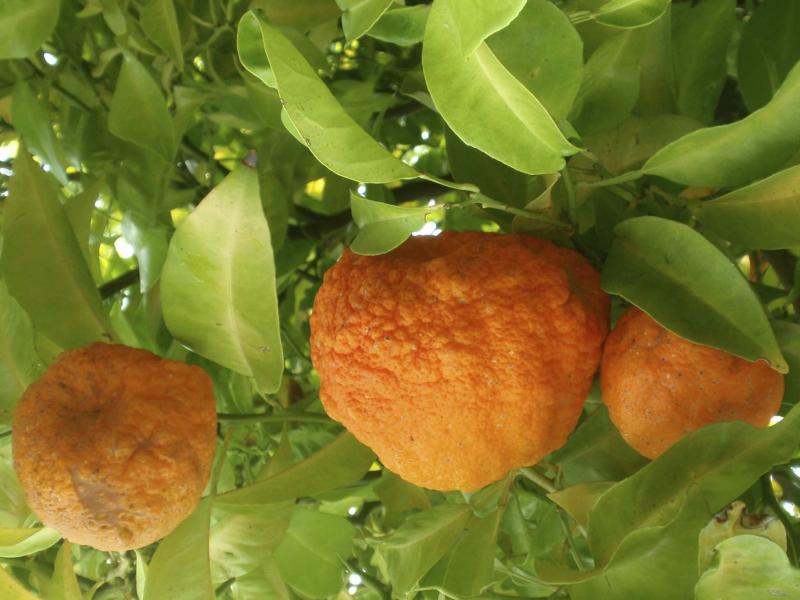
Citrus such as Bouquet de Fleurs sour orange can be easily grown indoors. The peels contain natural essential oils. Rub the leaves to release fragrance.
Phoenix Perennials
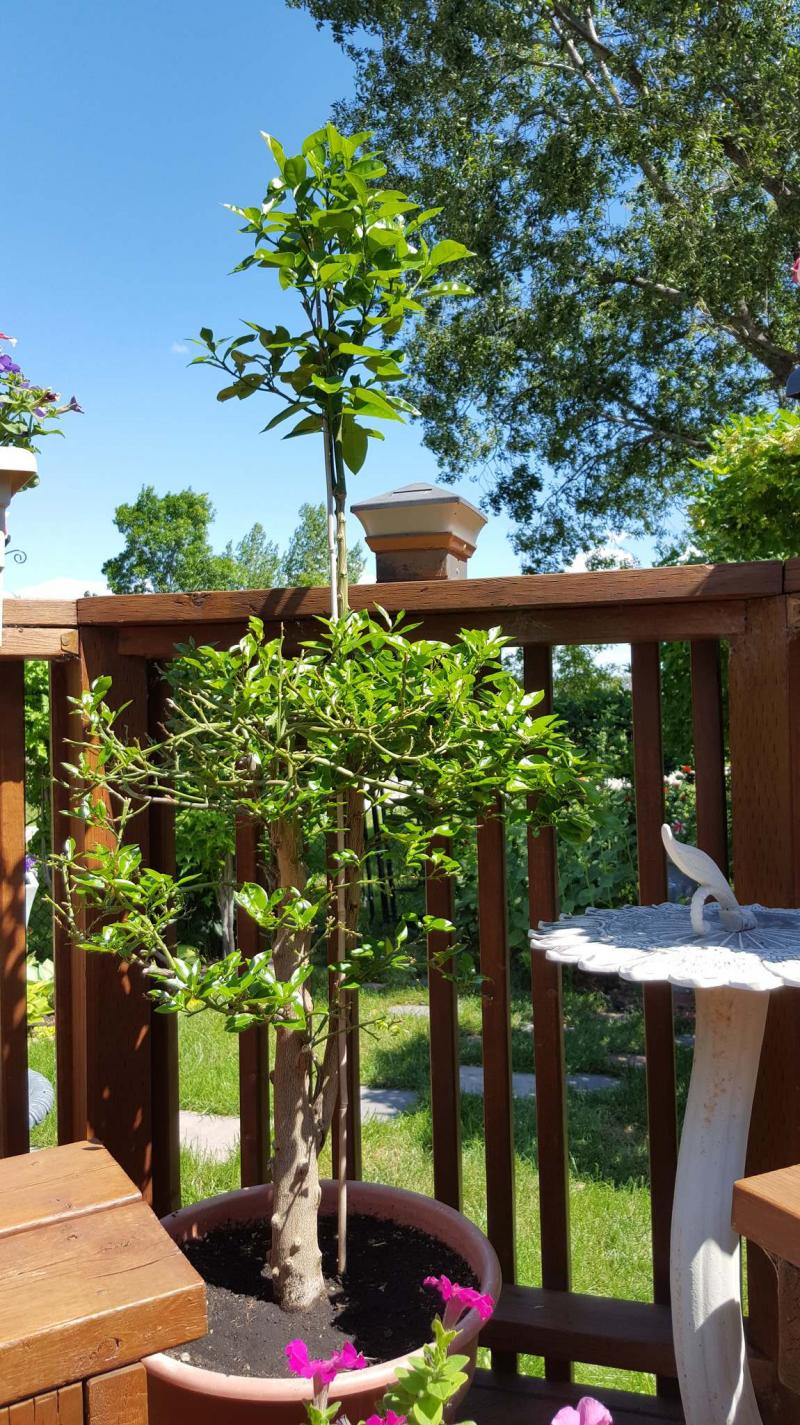
Colleen Zacharias / Winnipeg Free Press
Mohammed Musaddiq enjoys the fragrant aroma of citrus plants. This grapefruit tree was started from seed from a store-bought grapefruit.
More and more people are discovering the healing energies of aromatherapy, a botanical based-therapy which uses naturally extracted essential oils derived from plants.
While the benefits of aromatherapy have been known since ancient times, the word itself didn’t come into usage until 1928 when a French chemist, Rene Maurice Gattefosse, working at his cosmetics lab, healed his burned hand with the essential oil of lavender following an explosion.
A popular gift item this Christmas is an essential oil diffuser that disperses aroma into a room.
In her classroom at R.B. Russell Vocational High School, teacher Louise Shachtay uses a diffuser when she feels her students may be feeling a high amount of stress or anxiety.
"Aromatherapy," she says, "can be used as an integral part of our self-care plans and can be incorporated into everyday life to help enhance and balance mental and emotional stress."
Shachtay is the head horticulturist of the horticulture and landscaping department at R.B. Russell and is a trained horticultural therapist.
In 2016, she received an excellence in teaching award from the Province of Manitoba and more recently, was named by Garden Making magazine as one of 20 individuals and organizations who represent Canada’s green gang — "people who care deeply about horticulture, community and the environment, and the connections between gardening and a healthy planet."
Is the hype about aromatherapy, apart from the fact it lifts one’s mood, mainly myth-information?
To answer, Shachtay refers to the amygdala, a small mass of nuclei located deep within the temporal lobe of the brain. It is a limbic system structure involved in many of our emotions, she says, and is involved in the processing of emotions such as fear, anger, and pleasure.
"One way to stimulate the amygdala is through the aroma coming from essential oils," Shachtay said.
There can be an abundance of effects from this stimulation, said Shachtay, from the recollection of happy childhood memories to a greater sense of well-being.
"This science implies that essential oils can have a profound effect on the mental state of a person."
In one research study on the effects of aromatherapy, she says, lavender, geranium, and mandarin combined with almond carrier oil were shown to increase contentment and alertness, improve sleeping, and reduce agitation for those living with dementia.
Essential oils have chemical molecules that work in synergy with one another. When inhaled, the brain reacts positively, triggering different reactions.
There are many kinds of essential oils, each with different properties, she said. Peppermint, grapefruit, lemon or rosemary oils can be energizing and improve concentration.
"Rosemary oil is a wonderful mental stimulant," Shachtay said.
"Peppermint has a cooling, refreshing effect and is widely used to enhance mental alertness. Marjoram oil has therapeutic properties to calm hyperactivity and relieve anxiety."
Aromatic plants such as rosemary, lavender, sage and lemon verbena are grown in the greenhouse at R.B. Russell. While doing their greenhouse practical studies, Shachtay said, students are able to reap the benefits of aromatherapy.
In the new year, students will be processing their own essential oils.
There are many different types of essential oil diffusers to choose from. Saje Natural Wellness carries an aromatherapy diffuser that uses no-heat ultrasonic technology.
Christopher Oates, the junior assistant manager at Saje’s Polo Park location, says that a ceramic disc in the centre of the diffuser vibrates at an ultrasonic rate, creating an ultra-fine mist. Essential oil molecules are dispersed into the air.
"The frequency of vibration produces negative ions which bind to dust particles in the air, causing them to drop to the ground for cleaner, fresher air."
Saje has more than 30 natural essential oil blends that are undiluted.
Oates says it is important to use only pure, undiluted essential oils in your diffuser. Carrier oil, for example, is a vegetable oil used to dilute essential oils.
The fatty portion of carrier oils will not evaporate in a diffuser, says Oates, and will clog the central disc, inhibiting it from vibrating properly. Carrier oils can be applied directly to the skin whereas essential oils are too concentrated for topical application.
Nancy Hall is an aromatherapist and co-owner of Hollow Reed Holistic at 875 Corydon Ave.
Hollow Reed carries an ionizing diffuser as well as pure essential oils. Don’t confuse natural-derived essential oils with commercial fragrance oils which are synthetically compounded and sometimes mixed with waxes, says Hall.
Hall says it is important to use only lukewarm water in your diffuser, not distilled or filtered. Your diffuser will shut off automatically once it has run out of water.
Dave Hanson, owner of Sage Garden Greenhouses, is offering a four-month subscription box this holiday season that has an aromatherapy theme and promises a relaxing sensory experience to help you through the winter months.
While the contents of the box vary, Hanson says organic essential oils are included as well as fragrant Chinese jasmine teas which unfurl into a beautiful flower when steeped.
Hanson sells an ultrasonic oil diffuser but says the old-school approach — a small ceramic oil burner with a tea light candle — works, too.
Simply add water with a few drops of oil to a shallow dish.
The candle, once lit, warms the oil and releases the aroma into the air.
Natural botanical soaps made with aromatic ingredients such as cinnamon, calendula, lemongrass, sage, lavender, spearmint, rosemary, anise, cloves, pine, basil and citrus also boost mood, says Hanson.
The peels of citrus plants contain natural essential oils. The leaves of citrus plants also contain volatile oils which release their fragrance when lightly rubbed. Winnipegger Mohammed Musaddiq creates his own indoor aromatherapy by growing citrus plants which he started from seed. Musaddiq started a guava plant from seed which one year produced more than 100 fruits. The fragrance of the flowers filled his entire house, says Musaddiq. The plant survived more than 25 years.
Now Musaddiq is growing a grapefruit tree. Started from seed that he saved from a grapefruit purchased at the grocery store about seven years ago, the plant is now 90 centimetres tall and has deep green, glossy leaves which emit a delicious aroma when lightly rubbed between two fingers. He is optimistic that the plant will produce fruit in another year or so. He is also growing pomegranate and fig trees indoors. Each year, by late June, his fruit trees go outside onto a sunny deck until they are moved back indoors in September.
Gary Lewis, owner of Phoenix Perennials, a mail-order nursery in Richmond, B.C., says that all citrus are delightfully aromatic and easily grown indoors. With one of the largest selection of citrus offered in Canada — 45 different varieties available now for pre-order — Lewis says the Meyer lemon is an all-time favourite for fragrance. "Thai limes also have very fragrant leaves," says Lewis. The distinctively fragrant peel of Bergamot, another citrus variety, is used in Earl Grey tea.
For something completely different, Lewis recommends Bouquet de Fleurs sour orange, which has very large clusters of richly scented flowers. In France, the flowers of sour orange are a source of oil that is used in the manufacturing of perfume.
colleenizacharias@gmail.com

